While I have been to Temburong several times already, it is my first time to ever visit Bukit Patoi. I was surprised that I didn't feel tired despite having a late night from chatting with BT. On a hot June morning, the recreational park was deserted. We did not see any visitors but workers who were constructing a new building.
We walked on the trail for more than an hour, taking breaks occasionally, before we reached the summit of the hill. Bukit Patoi is interesting because moss-covered rocks littered everywhere along the trail. According to our guide, wildlife is active in the early morning and at night where one may find bears, clouded leopards and snakes. Wild boars are commonly found here and the native Iban people hunt for them with traps, spears and arrows, which they make themselves.
Some of the interesting natural formation of rocks and/or trees found at Bukit Patoi are the standing rock wall and the holding rock. The standing rock wall (Batu Berdinding in Malay), according to a legend told by our guide, was originally an Iban longhouse. How or why it became a stone, I cannot now recall. What's interesting is we can see water seeping out of this wall of rock though we do not know from where. The holding rock (Batu Tergangam in Malay) is a rock which was held by the roots of a tree. It looked as though the tree had grown on the rock and its roots eventually found their way around the rock before they dug themselves into the ground.
We saw different insects and plants this time. There was the honey stick used as incense by natives, rattan to be made into tools, the ants' nest in the shape of a ball and others. I was simply fascinated by those tiny, feather-like moss found on the rocks and kept taking pictures of them.
The huge Bukit Patoi signboard which said, "Welcome to the Bukit Patoi Recreational Park".
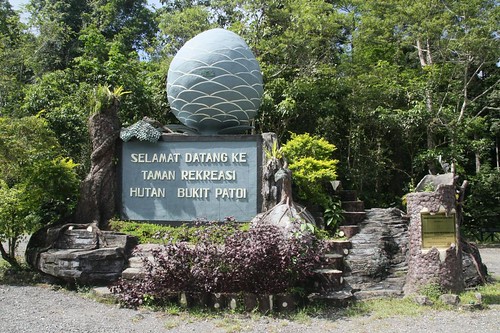
The park provides ample parking spaces and barbeque patio areas, ideal for a Sunday family outing.
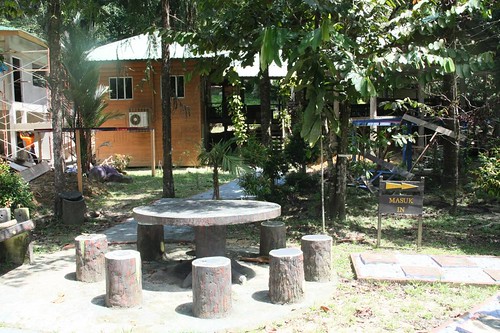
The initial stairway leading to the jungle trail

A water vine. This website provides some interesting information on ways to extract water from plants. It is important to check that that the vine is still alive as rotten or dead vines may have ants or other insects living in them.

Rattan can only be used after the outer thorny layer has been removed. Please read here to find out how rattan is being harvested and processed. Our guide warned us not to touch the plant because the thorns cause skin itch.
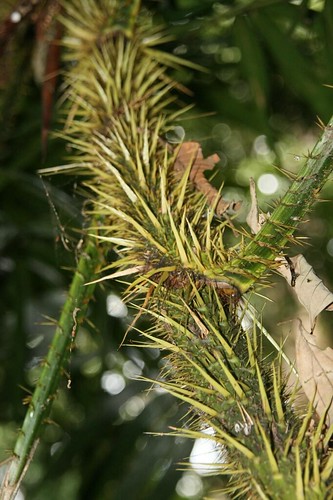
Foliage and rocks covering our trail

The rocks are moist and slippery
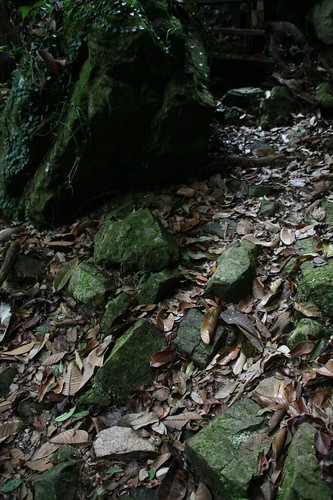
This rock looks like a dog's paw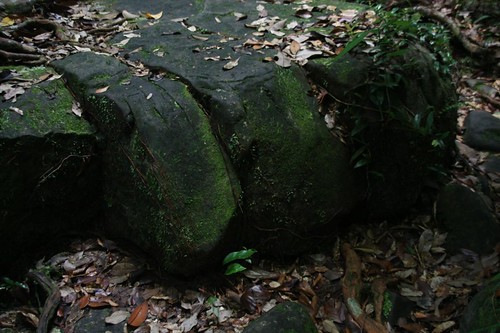
Standing rock wall (Batu Berdinding)
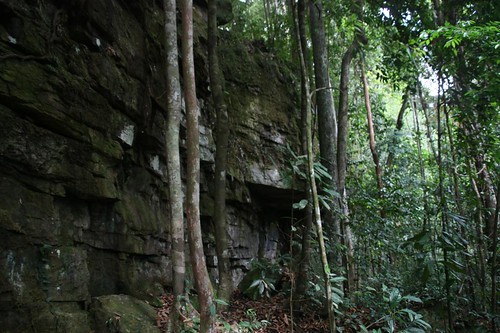
Standing rock wall (Batu Berdinding) from bottom to top view

Standing rock wall (Batu Berdinding) along the wooden stairs
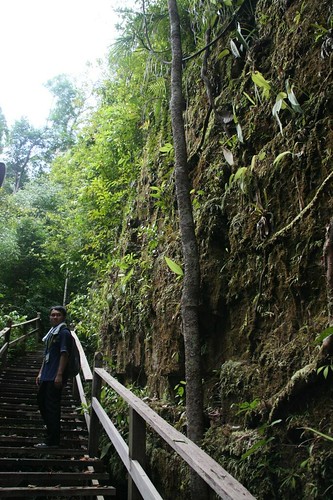
Yellow and greenish moss found on the standing rock wall
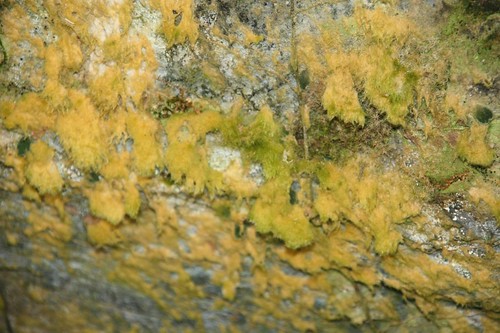
Ants' nest in the shape of a ball.
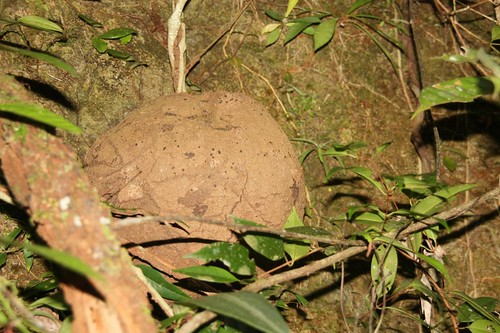
A giant centipede. We asked our guide several times if this was a centipede or millipede and on all occasions, he said it was a centipede though it looked like the later to me. He told us that the red ones are poisonous and the black ones are not. I thought centipedes have antennas which are quite visible, which this one has none.
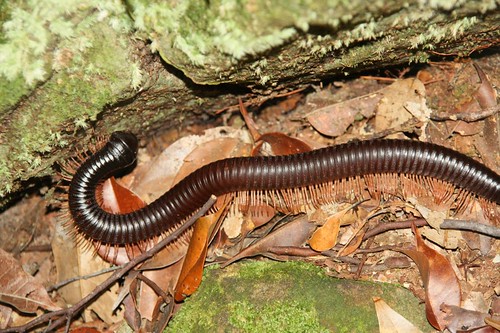
Honey sticks are used as incense by Ibans against powerful evil spirits. We saw a bee flying into the tube-like hive.
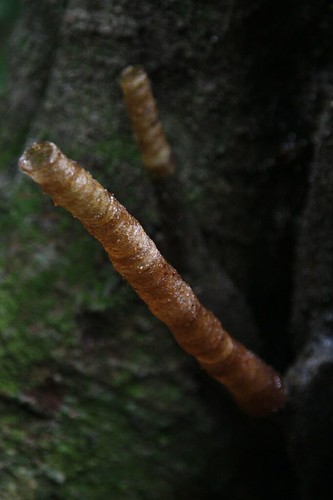
A spider trying to hide in between the roots of a tree
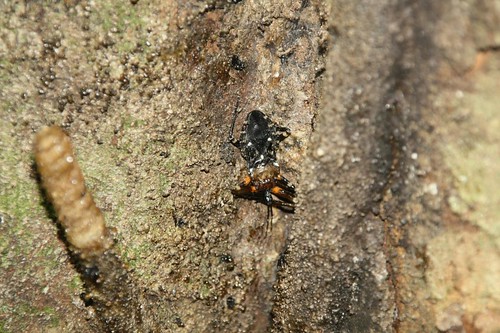
Holding rock (Batu Tergangam)

All sorts of moss and creepers on a rock

Whitish green moss are so pretty close-up and there are tiny flowers in places




















No comments:
Post a Comment